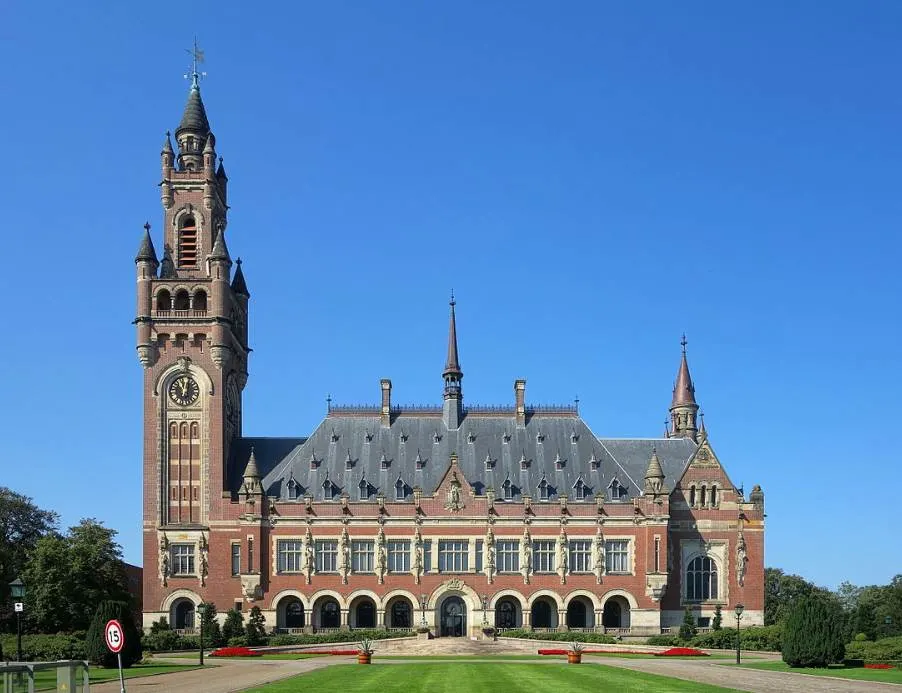The 19th century was a period in architectural history when a certain nostalgia emerged, and this didn’t mean as far back as classical antiquity.
Renaissance Revival architecture, also known as Neo-Renaissance, would make you assume that it was merely a matter of replicating the Renaissance buildings that were constructed several centuries earlier.
This Revival style was classified as such but had a much broader scope than its name implies.
The core values of Renaissance architecture were retained but complemented with a wide variety of other styles, including Mannerist, Baroque, and sometimes even Gothic architecture.
The style emerged in the mid-19th century and lasted until the early 20th century. Modern types of architecture gradually took over following World War I.
In this article, you’ll discover some of the most famous Renaissance Revival Buildings in the world so you can learn all about this fascinating architectural style.
1. Waddesdon Manor – Waddesdon, United Kingdom
Waddesdon Manor is a stunning country house located in a village in Buckinghamshire, England of the same name. The building was completed between 1874 and 1883 and borrowed a lot of elements from the Renaissance châteaux that were completed in France during the 16th century. The Château de Chambord is one prime example.
It was commissioned by Baron Ferdinand de Rothschild (1839–1898) who had it built as a weekend residence and for housing the family’s incredible collection of art and antiquities. Today, this Grade I listed building is managed by the National Trust and visited by nearly half a million people every year.

2. Texas State Capitol – Austin, United States
The Texas State Capitol is the most amazing building in downtown Austin, the capital city of the U.S. state of Texas. It was completed between 1882 and 1888 and was dubbed the “7th-largest building in the world” upon completion. Its size is not the only thing that makes this structure so special, though.

The Renaissance Revival building is topped with a structure that resembles the Tempietto in Rome, a little temple designed by Donato Bramante and described as the most harmonious Renaissance structure ever built. This capitol building stands 92.24 meters (302.64 feet) tall which means that it’s taller than the Capitol Building in Washington D.C.

3. Vienna State Opera – Vienna, Austria
The Vienna State Opera or “Wiener Staatsoper” is one of the multiple incredible buildings in Vienna that were constructed in the 19th century. The opera house was constructed after the medieval city walls were torn down and replaced with a ring road, and was completed between 1861 and 1869.
The Renaissance Revival style that was used in the building’s design, was, however, not considered a success at the time. It lacked the sense of grandeur that was expected at the time, although the auditorium certainly conveyed a sense of awe. Today, it’s one of the most famous landmarks in Austria and a masterpiece of Neo-Renaissance architecture.

4. Hôtel de Ville – Paris, France
The Hôtel de Ville is the city hall of Paris and arguably one of the most stunning landmarks in the French capital. It’s located in the 4th arrondissement in the historical heart of the city and faces the Place de l’Hôtel-de-Ville. Originally completed in 1357, the former structure on this location was burned by the Paris Commune in 1871.
What’s remarkable is that the exterior of the building looks pretty much the same as the building constructed during the Renaissance by king François I between 1535 and 1551. It was greatly enlarged, however, and the interior looks nowhere near how it looked before. This incredible Renaissance Revival was completed between 1874 and 1882.
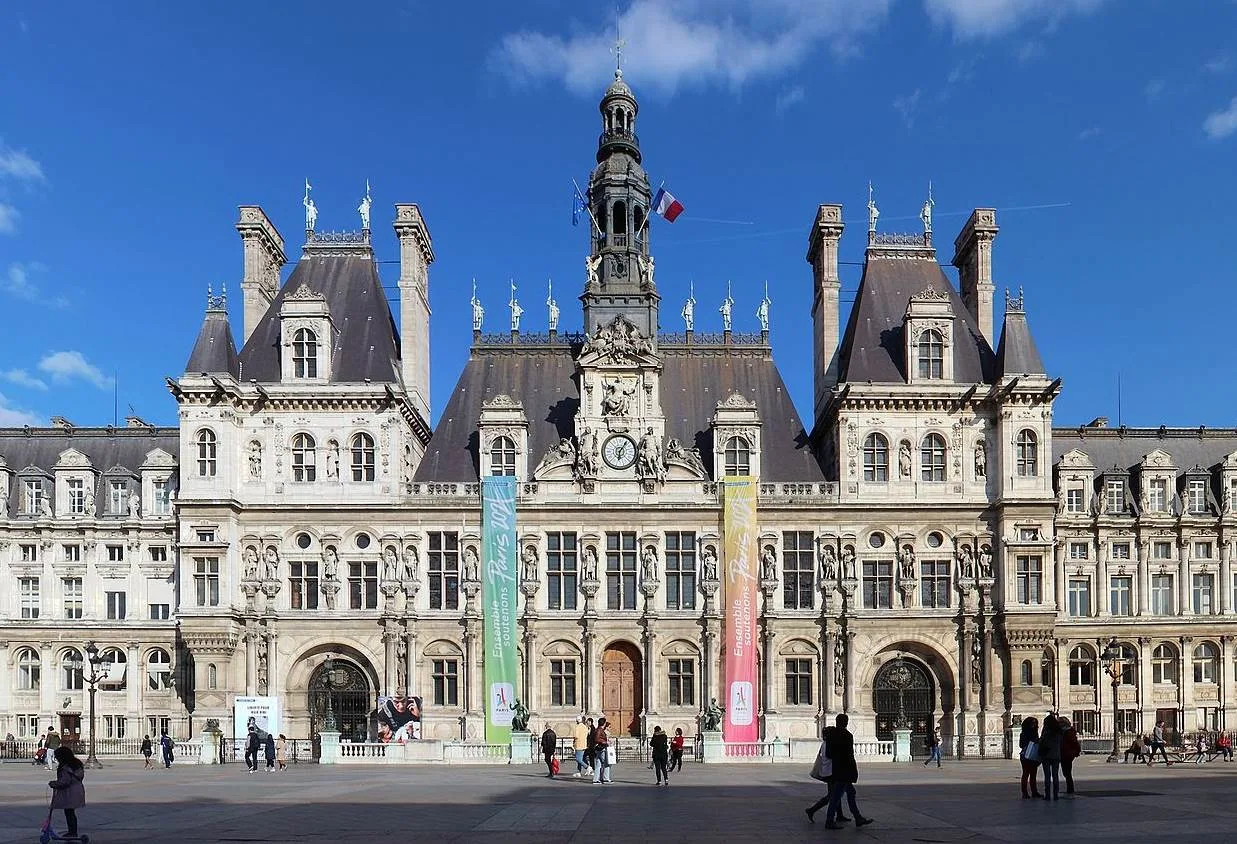
5. Carnegie Hall – New York City, United States
Carnegie Hall is a concert venue that is housed in one of the most famous landmarks in New York City. It’s located at 881 Seventh Avenue in Midtown Manhatten and has become one of the most prestigious venues for both classical and popular music shows since it was completed in 1891.
The building was designed by William Tuthill (1855-1929) who was a relatively unknown architect at the time. he was heavily influenced by the Renaissance palaces that were constructed in Italy during the 15th and 16th centuries. This makes Carnegie Hall a remarkable sight in the dense urban landscape of the Big Apple.
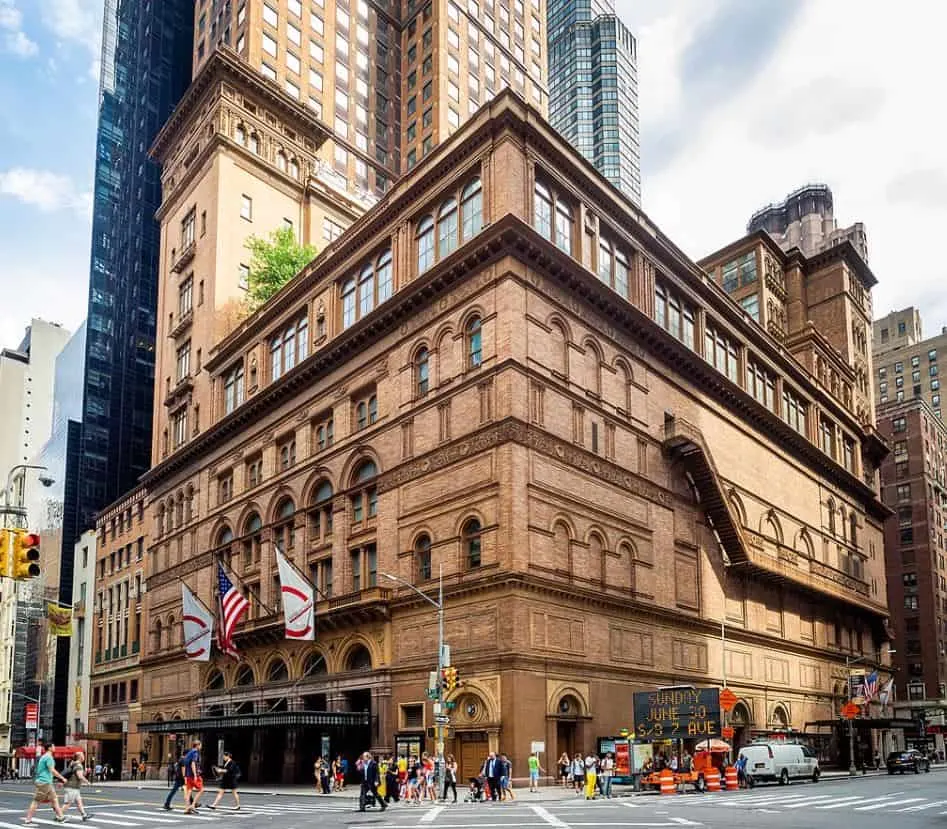
6. Rijksmuseum – Amsterdam, the Netherlands
The Rijksmuseum is the national museum of the Netherlands and houses an incredible collection of paintings by Dutch masters and items related to Dutch history. It’s located at Museum Square in Amsterdam Square which can be described as the Museum district of the city.
Although an architectural competition was held in 1863 to find a suitable design for the building in Amsterdam, it wasn’t until the year 1876 that a design was picked. The building features a Neo-Renaissance design that also incorporates Gothic elements. The exterior of the building is decorated with various elements that refer to Dutch art history.
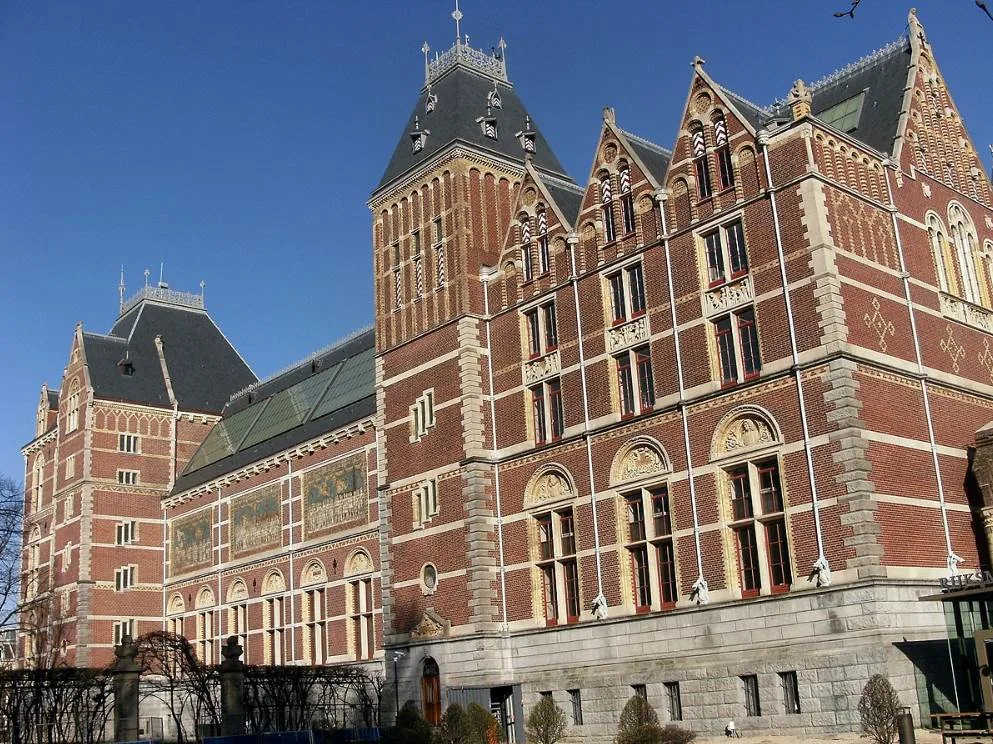
7. Hungarian State Opera House – Budapest, Hungary
The Hungarian State Opera House is another famous opera house in Europe that was completed about 15 years after the Vienna State Opera and was influenced by its design. It’s located in the heart of Budapest, the capital of Hungary, and was completed between 1875 and 1884.
This is not surprising because the construction of the building in Budapest was commissioned and funded by Emperor Franz Joseph I of Austria-Hungary, the man who also commissioned the building in Vienna. The design of the structure places a high emphasis on symmetry, a key characteristic of Renaissance architecture.
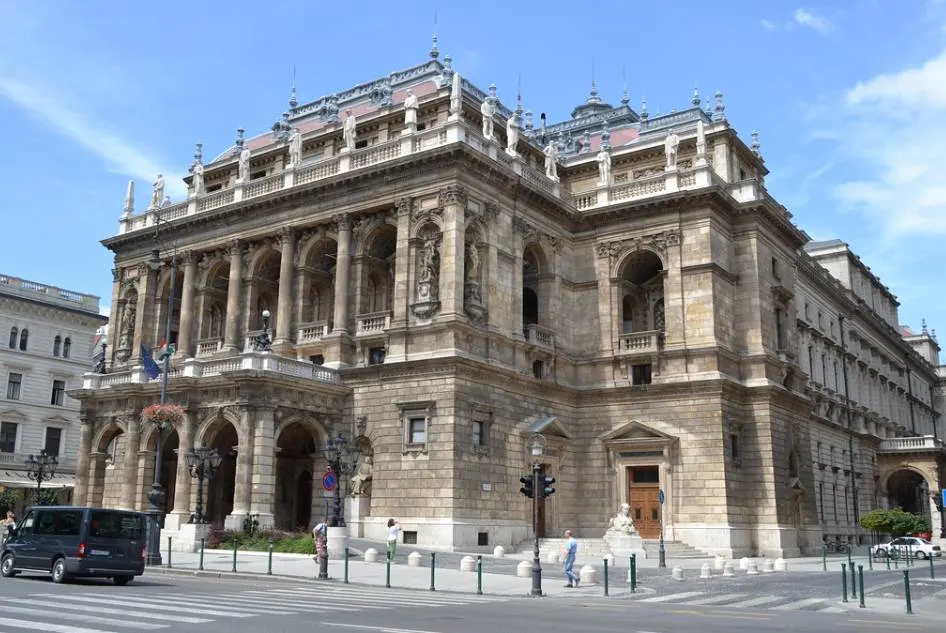
8. Palais Leuchtenberg – Munich Germany
The Palais Leuchtenberg is a palace in the German city of Munich that was constructed between 1817 and 1821. It was modeled on the Palazzo Farnese, one of the most famous buildings in Rome, a style chosen by the man who commissioned it, Eugène de Beauharnais, first Duke of Leuchtenberg.
Eugène was the brother-in-law of King Ludwig I of Bavaria and the stepson of NapoleonBonapartee. He wanted to make a statement and this palace is the biggest in Munich with 250 rooms, including a ballroom and an art gallery. This original building was badly damaged during World War II and completely rebuilt between 1963 and 1967.
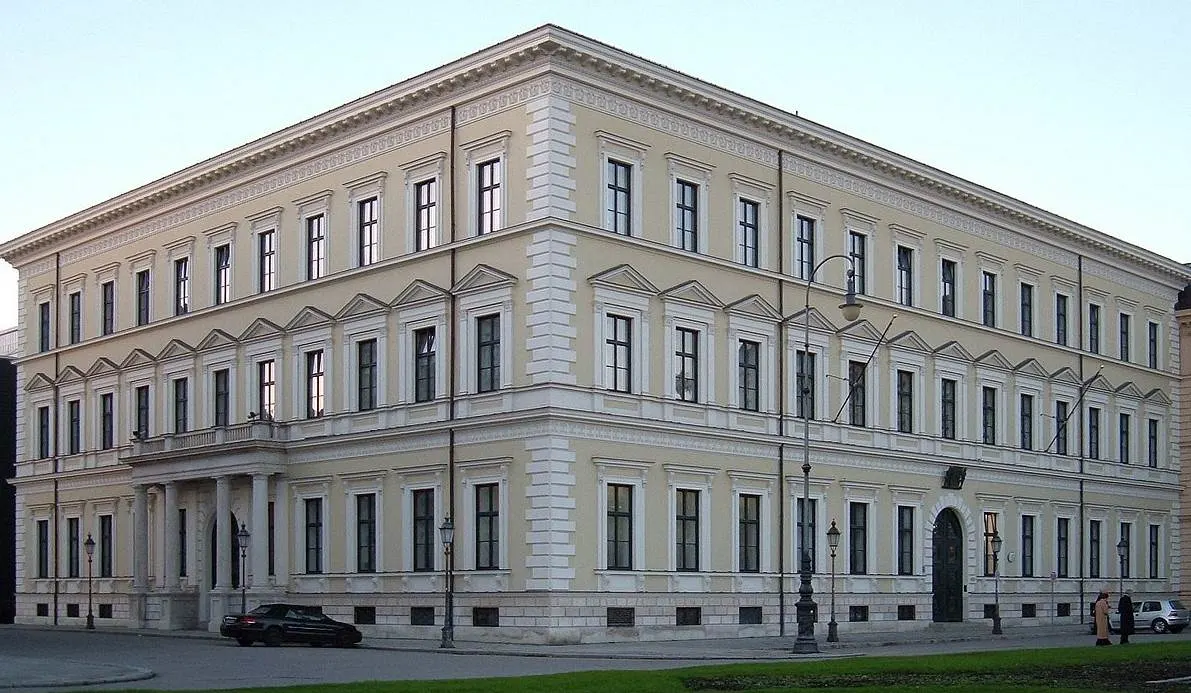
9. Vladimir Palace – Saint Petersburg, Russia
Vladimir Palace is an amazing building in Saint Petersburg, Russia, and the former residence of Grand Duke Vladimir Alexandrovich of Russia, the son of Alexander II. The original building was completed between 1867 and 1872 but the building was greatly expanded until the 1890s.
The exterior design of the building resembles that of the Palazzo Pitti, the amazing building in Florence that served as the palace of the Medici family. All three levels of the building’s exterior are decorated with rusticated stucco which was modeled on the palace in Florence. The interior of the palace features 360 rooms which are decorated in a wide variety of architectural styles.

10. Peace Palace – The Hague, the Netherlands
The Peace Palace is a very important building in The Hague, a city on the west coast of the Netherlands. It houses the International Court of Justice as well as the Permanent Court of Arbitration (PCA). The building was constructed between 1907 and 1913 and the building’s design was chosen via an international design competition.
The winning bid was a Neo-Renaissance design submitted by a French architect named Louis M. Cordonnier. The plan was slightly modified because the structure was supposed to have two large bell towers, but only one was constructed. The Peace Palace in The Hague is considered to be the final Renaissance Revival building that was ever constructed.
